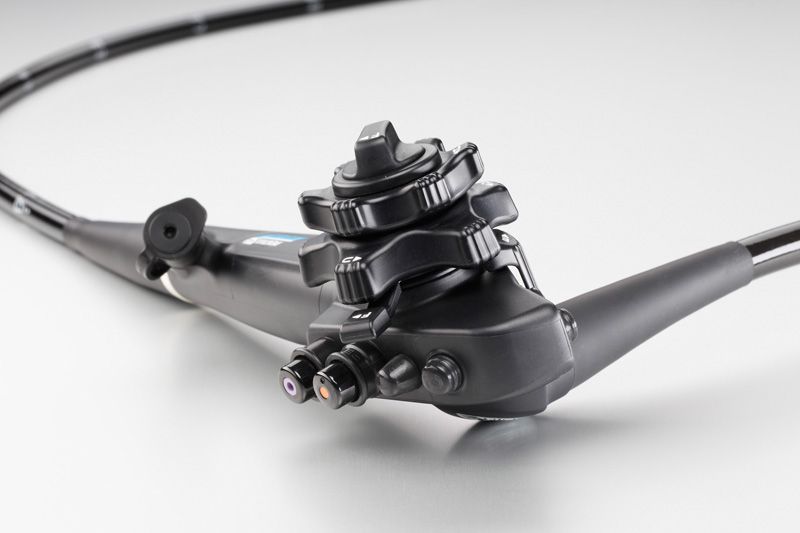Article
FDA Gives Nod to Updated Duodenoscope Design
Author(s):
The ED34-i10T model includes a single-use, detachable and disposable distal cap, a simplified interface, ergonomic and image quality improvements, and reduced length.

The US Food and Drug Administration (FDA) has approved the first duodenoscope equipped with a new, disposable distal cap for easier cleaning and reprocessing of the device.
The ED34-i10T model, produced by Pentax of America, is intended to provide visualization and better access to the upper gastrointestinal (GI) tract in order to treat bile duct disorders and additional upper GI problems. Duodenoscopes are used in more than half a million procedures each year, according to the FDA, as they are less invasive than traditional surgery.
“We believe the new disposable distal cap represents a major step towards lowering the risk of future infections associated with these devices,” William Maisel, MD, MPH, acting director of the Office of Device Evaluation in the FDA’s Center for Devices and Radiological Health, said in a statement. “Improving the safety of duodenoscopes is a top priority for the FDA, and we encourage companies to continue to pursue innovations that will help reduce the risk to patients.”
The use, cleaning, and reprocessing of these devices is very critical for hospitals and health care facilities, as they are complex and include many small working parts, used by being threaded through the mouth and into the small intestines. When cleaned improperly, the risk of spreading infections rises, and meticulous management of their cleaning can reduce that risk.
An earlier design of the Pentax duodenoscope, the ED-3490TK, was issued a Safety Communication by the FDA in January 2017, based on a design issue that left potential cracks and gaps in the adhesive seal of the device’s cap. The FDA declared that this could allow fluids and tissue to leak into the duodenoscope.
To combat this, the ED-34i10T includes a single-use, detachable and disposable distal cap. It also comes with a simplified interface, ergonomic and image quality improvements, and reduced length.





